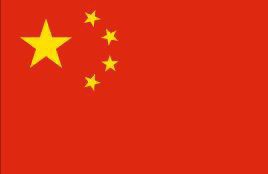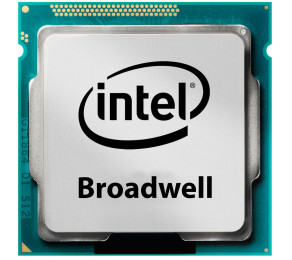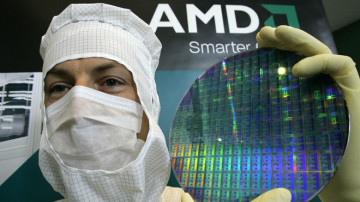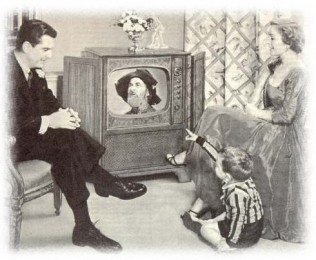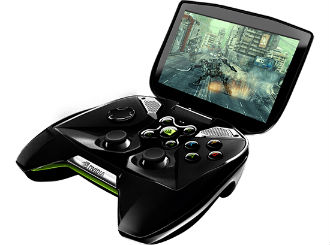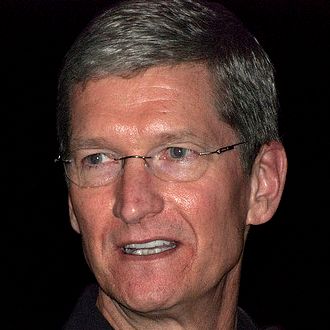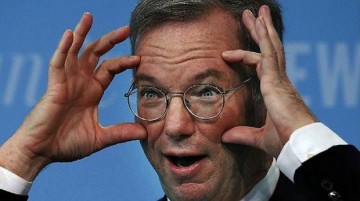 The US tech press is full of a bizarre story that Google might have hit its peak.
The US tech press is full of a bizarre story that Google might have hit its peak.
According to NPR, some tech industry observers aren’t sure that Google will be ready for the next big thing and there is talk of something called “Peak Google”.
Farhad Manjoo wrote in The New York Times: “Technology giants often meet their end not with a bang but a whimper, a slow, imperceptible descent into irrelevancy.”
Now apparently Google is having trouble mastering mobile. When you look at the fact that most of the world uses Google Android this one might be a little hard to swallow, but apparently it is all because smartphones and mobile computing have killed off the PC and no one wants to buy adverts.
In a world cantered on a fragmented mobile advertising market, Google could suffer.
Google has also not had much luck with getting its innovations into the market. Resources have been directed toward lots of flashy ideas that, in many cases, ultimately lack in financial follow-through. Google Glass was a case in point.
Other reasons include the normal esoteric decline which always follows businesses which get too big. It is normal among technology companies for a dominant company to be unable to dominate the next big thing. Industry giants lack the manoeuvrability of a younger company.
However there is are some reasons to believe that all this is total rubbish. Google has so much money sitting in the bank it can just buy the new technology it needs. It bought Android in 2006 and Nest in 2014. There is no reason that it just can’t buy its way into the next big thing.
In addition, it is curious that few people are saying the same thing about a tech empire with even less ability to adapt – Apple. If Google goes then surely Apple will be long gone before the search engines demise. After all tablets are tanking, ipods have long vanished, the smartphone market is saturated, and Apple, unlike Google, is out of ideas.

